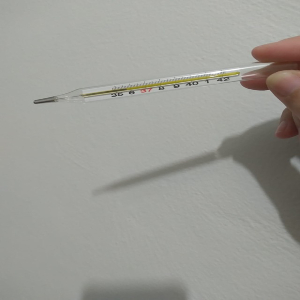Non-Covid causes of acute undifferentiated febrile illness during the Covid pandemic: an etiological analysis from Uttar Pradesh, India

HTML: 4
All claims expressed in this article are solely those of the authors and do not necessarily represent those of their affiliated organizations, or those of the publisher, the editors and the reviewers. Any product that may be evaluated in this article or claim that may be made by its manufacturer is not guaranteed or endorsed by the publisher.
Authors
Background and Aims: febrile illnesses are one of the leading causes of morbidity and mortality in India, which are very common in the monsoon and post-monsoon season in tropical countries. Acute Undifferentiated Febrile Illness (AUFI) is a term usually used to refer to such conditions until diagnosed. This study was conducted to understand the prevalence of mixed infections, and the etiology and seasonal distribution of AUFI cases during the Corona Virus Disease (COVID) pandemic. Materials and Methods: this study was a hospital-based crosssectional study of six months (August 2021 to January 2022). Samples were collected by random sampling method from SN Medical College, Agra, and Mathura District. The diagnosis was made by Rapid Diagnostic Test for Malaria, and ELISA for Dengue, Chikungunya, Leptospira, and Scrub typhus. Results: a total of 9016 non-repetitive serum samples were collected, from males (4657) and females (4359), with a mean age of 42 years. The most common infections were: dengue (26.5%), malaria (0.85%), leptospira (0.54%), scrub typhus (0.32%), and Chikungunya (0.14%). The commonest co-infection was dengue with scrub typhus. Triple infections were also observed. Conclusions: the diversity of clinical presentations and etiological agents with limited diagnostic facilities demonstrates the complexity of AUFI. The knowledge of the local and seasonal distribution of acute febrile illnesses is thus very useful to formulate clinical, diagnostic, and management algorithms for positive outcomes, reducing hospital costs, and burden on healthcare facilities. Further upliftment of health services at the root level is still a long way to go.
How to Cite

This work is licensed under a Creative Commons Attribution-NonCommercial 4.0 International License.
PAGEPress has chosen to apply the Creative Commons Attribution NonCommercial 4.0 International License (CC BY-NC 4.0) to all manuscripts to be published.

 https://doi.org/10.4081/mm.2023.11092
https://doi.org/10.4081/mm.2023.11092



